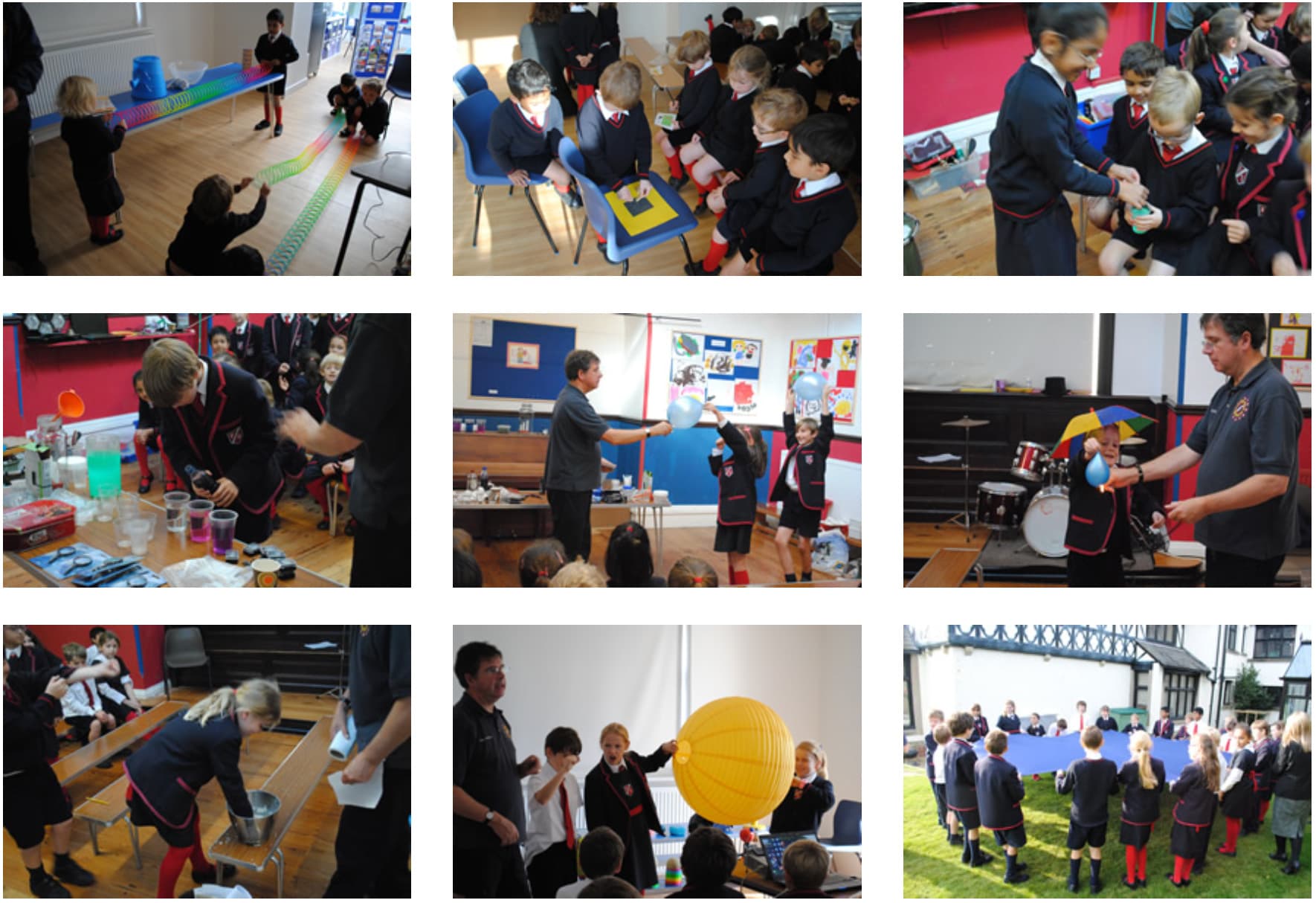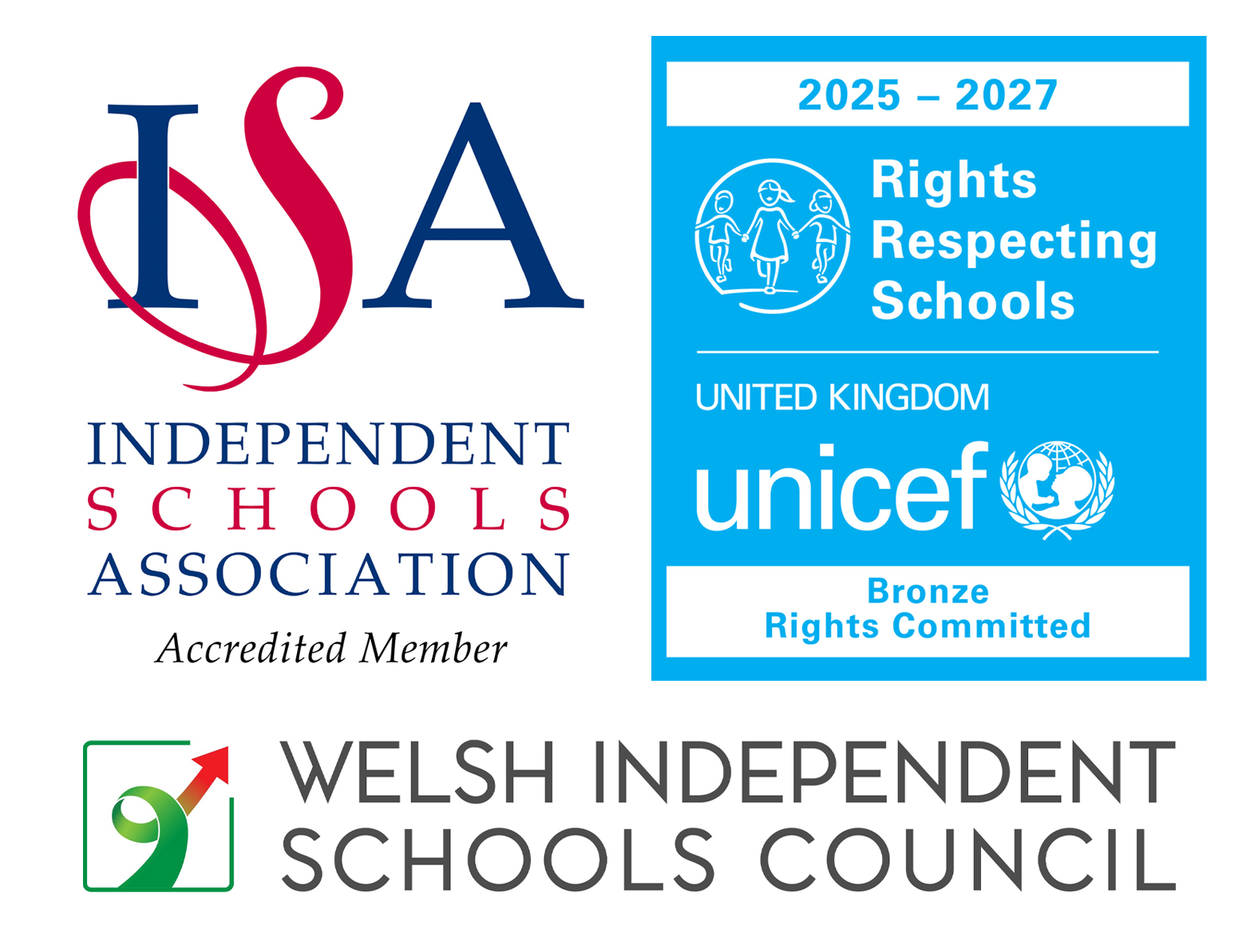The Wonders of Science
Last week we launched the opening of our new Science Room with a special Science Day in which all the children became involved. The day started with pupils from KG to Form II learning all about Astronauts. They discovered what Astronauts eat, problems that arise with zero gravity, how they get their energy, how disposable nappies were developed for the early astronauts and how to run a fair test on astronaut food.
Forms III to V looked at some ‘Amazing Materials’: sodium acrylate which is super absorbent, materials that change colour with light or heat, what CO2 can do, natural dyes and different types of rock. We were particularly fascinated by one substance, a mixture of corn flour and water, that could not make up its mind whether it was a liquid or a solid! Some children ran their fingers through it and it acted like a liquid but then punched it and it became hard, like a solid. The corn flour particles are suspended in the water and so it flows like a liquid. But when a force is applied to it, the particles lock together, acting like a solid. As soon as the force stops, the slime goes back to being runny, much to the dismay of some unsuspecting children who were trying to keep clean! This experiment is one to try again at home, if your family do not mind mess!
Another highlight of the morning was the investigation into burning. What three things are necessary for fire to burn? Which one was missing in the candle-in-a-jar experiment and which in Jack’s experiment which involved trying to burst a balloon full of water? (Experiments with flames must only be tried under parent supervision.)
In the afternoon, Forms VI and VII looked in some detail into the planets. Science fiction can be really annoying when it gets the science facts wrong. The size of stars and planets and the distances between them are huge. The children used a variety of scales to explain relative sizes and distances in the solar system and our galaxy. We used modelling to demonstrate day and night and the seasons as well as gravity’s pull towards the sun. The children then conducted an experiment to test how the path and speed of planets is affected by size and finished by recreating moon craters just like the real thing.
The day was thoroughly enjoyable and we hope that the children are now and will continue to be excited by science at Fairholme.




